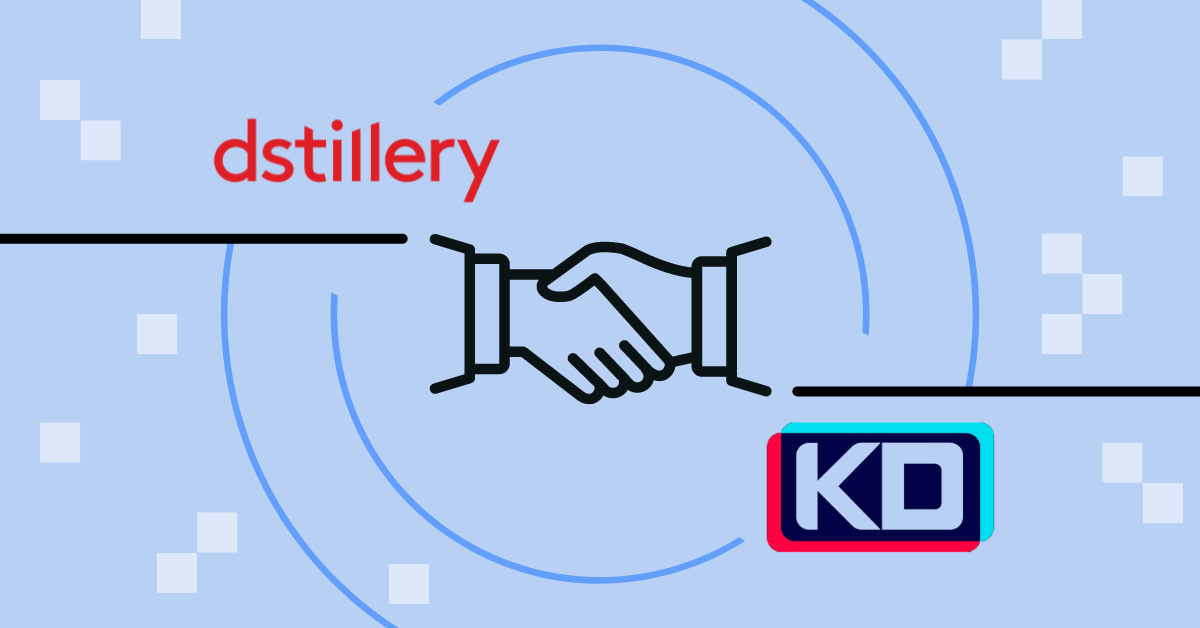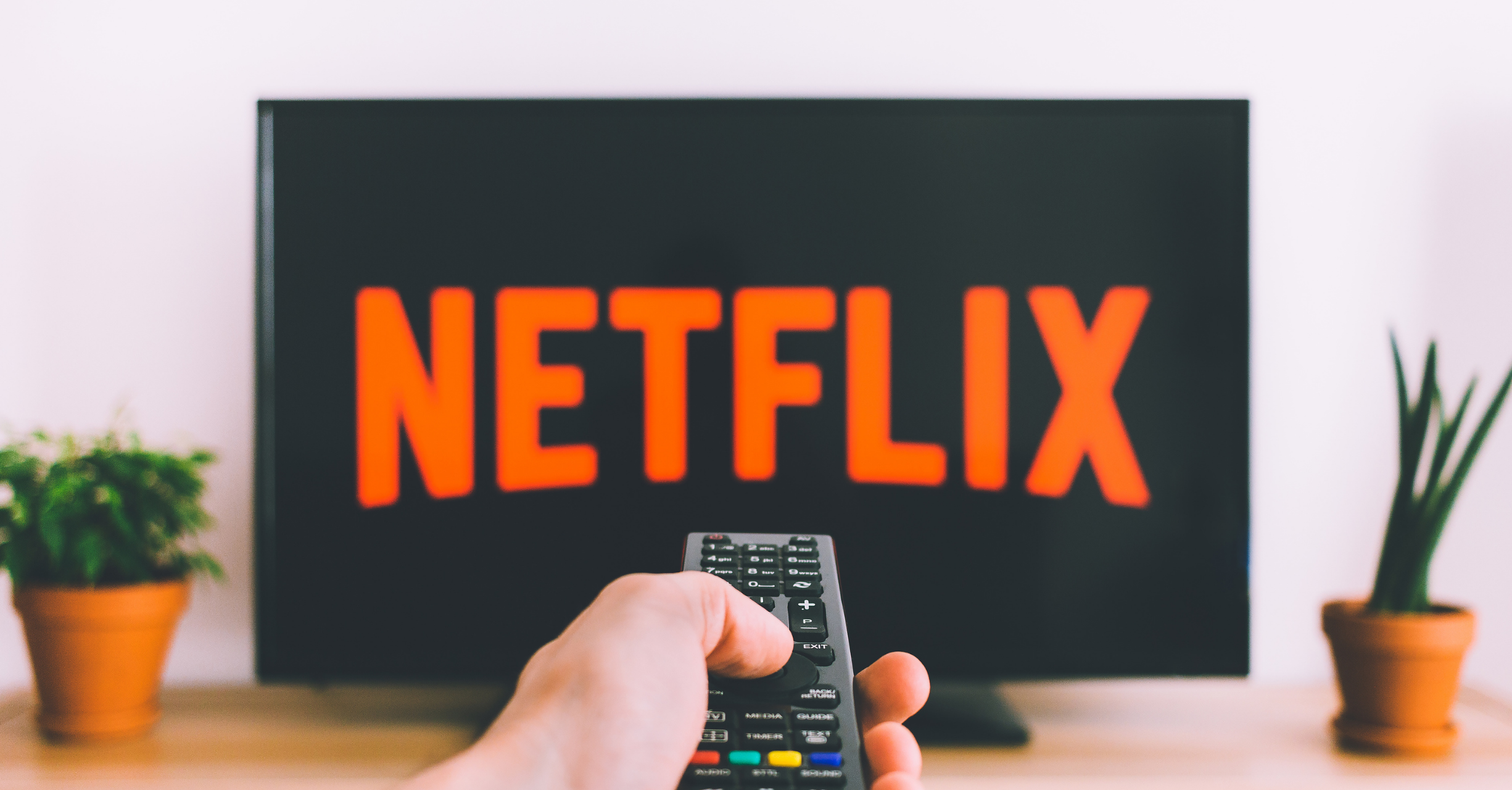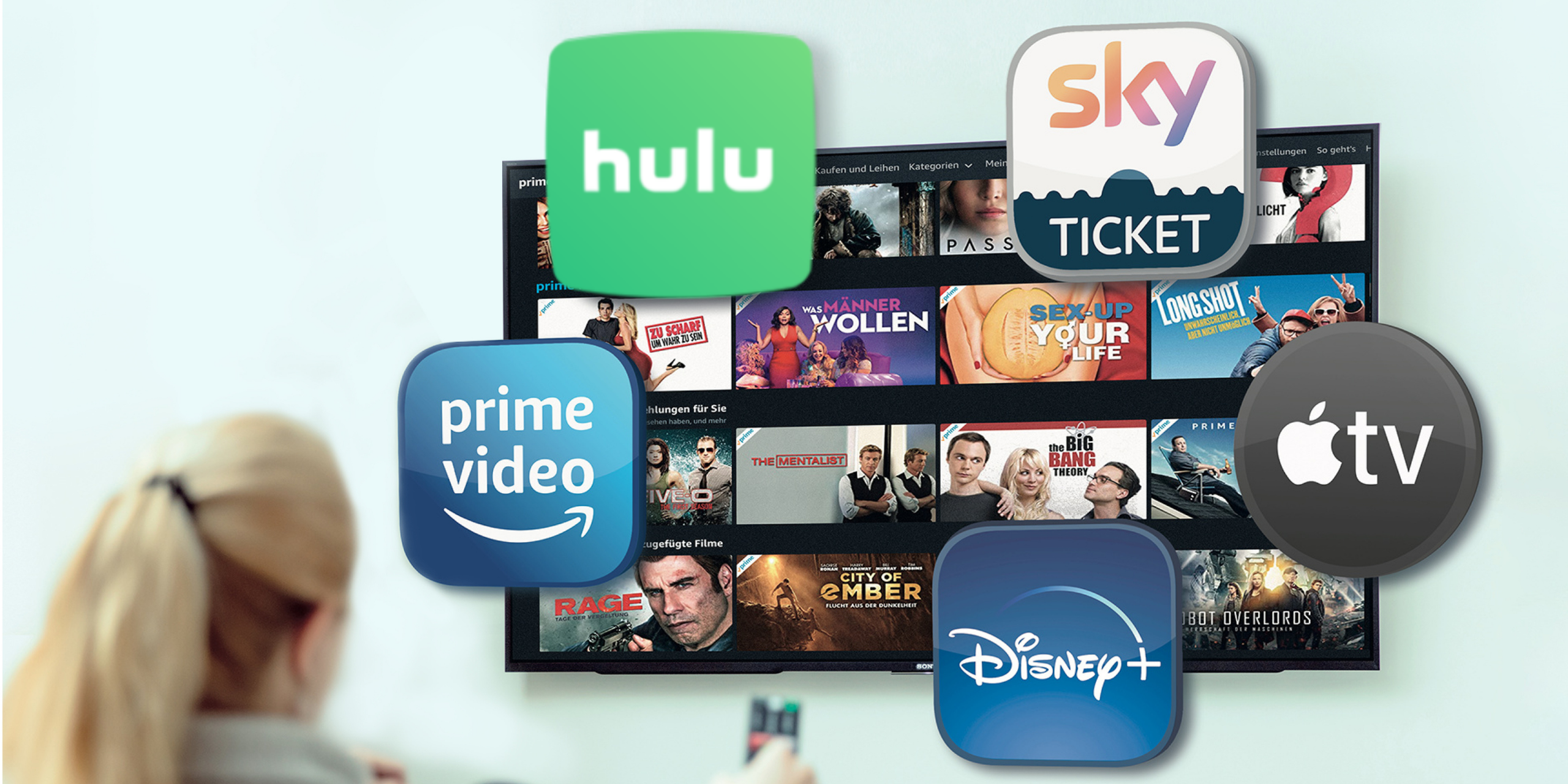Programmatic TV Spend & Trends
Programmatic TV Spend
Over the last decade, an incredible trend has happened in terms of how people consume content. Cord-cutting has become the new norm – meaning that people are no longer content to pay for expensive cable packages that include a wide range of channels they have no intention of watching. Instead, they’re embracing OTT or “over the top” services – things like HBO Max, Hulu and others that allow them to watch what they want when they want.
So what is programmatic advertising? The programmatic TV definition describes a process that uses technology to essentially automate the process of buying ads – even on traditional TV – with data as a guide. It lets advertisers set up traditional TV campaigns, only they’re being shown to specific consumers who are most likely to become their target customers in the first place.
Programmatic Connected TV has become incredibly popular over the last few years, thanks in large part to the presence of high-speed Internet connections in most homes across the country. Examples of these types of platforms include but are not limited to Apple TV, Roku, and other similar types of set-top boxes. Any type of content that is delivered over the Internet would be an example of OTT, and any device that can serve up that content – like the aforementioned examples – would be Connected TV.
Addressable TV Programmatic
The logical extension of this is the addressable TV definition, which allows advertisers to serve up different commercials to various households – even if they’re all watching the same program at the same time. So how does addressable TV work? In a word: data. The answer to “what is programmatic TV” can be summed up quite simply.
Using all of the data that has already been collected, an addressable TV measurement can be used to determine who would be an appropriate fit for certain ads. At that point, addressable TV programmatic technology can show different ads to different people – even if they’re both watching the same programs.
Programmatic linear TV creates a far more personal experience on behalf of users, which also makes for a far more relevant one as well. Addressable TV helps marketers reach the right people with the right message at exactly the right time – which ultimately helps them become paying customers easier than ever before. It also helps to increase the return on investment of an advertiser’s campaign, which in and of itself may be the most important benefit of all.
Addressable TV Examples
Addressable TV companies serve linear TV ads primarily through either set-top companies or via a video-on-demand inventory. Addressable TV examples would be any TV set that is A) connected to the Internet, and B) also allows the viewing of video-on-demand content.
But what about addressable TV vs OTT? Again, the main thing to understand is that addressable TV platforms help advertisers by allowing them to deliver specific ads to certain people based on factors like what they like, what they spend time watching, their demographics, and more. Addressable TV partners help create a win-win situation for everyone involved based on the technology that is on display.
Addressable TV Meaning
Most people who are new to the world of modern-day marketing have several logical – and important – questions. What is Connected TV advertising? What are the differences between programmatic TV vs addressable TV? What about addressable TV vs linear TV or addressable TV vs Connected TV? Again, it all comes back to the addressable TV meaning and how it differs from those formats outlined above.
Addressable TV is a term referring to the actual underlying technology that allows marketers to show different people different types of ads based on their interests. Programmatic TV, on the other hand, is a process that allows marketers to essentially automate the process of buying ads on traditional TV using data as their guide. It offers superior targeting to that which was available in the past, thus getting more relevant content in front of the eyes of as many people as possible.
Other Programmatic TV Comparisons 101
In terms of linear TV vs OTT, there are a few important distinctions to keep in mind. The biggest is the fact that linear TV offers no audience targeting to speak of. Maybe the biggest example of this is the ads shown during major national events like the Super Bowl. Because the event itself is being watched by an audience of tens of millions of people, ads really must be as general and non-specific as possible. You know that your ad will be shown in front of an enormous audience, but you also know that it will only be relevant to a small percentage of them. You just have to hope that the number of customers that the video-on-demand ad creates will be enough to justify the cost of the ad in the first place.
With OTT, on the other hand, data changes all of this. You know someone’s viewing habits. You know where they live. You know what they like and dislike. Based on all of that, you can create more compelling and relevant content and you can show it to more specific people than you would have been able to in the past. At that point, you don’t have to worry about getting your ad in front of the biggest audience – it’s the most appropriate audience that you’re after.
This is related to linear TV vs Connected TV, albeit in a slightly different way. To continue with the Super Bowl example, everyone knows when that particular football game is taking place. If they choose not to watch it or if they get up and leave the room during the commercials, you’ve essentially wasted your money in terms of that particular person. With Connected TV, Connected TV partners are enhancing a targeted space and experience where people are watching content on their own terms. You know that they’re invested in whatever they’re watching because this is a specific choice that they’re making. Based on that, you also know exactly what type of ad to serve them – which creates a better and more relevant experience on behalf of all involved.
The biggest example of the challenges that linear TV is facing has to do with programmatic TV, addressable TV, and similar concepts. The latter simply allows far more freedom than the former – and once consumers have had a taste of that freedom, it’s very difficult to get them to go back to anything else.
Traditional television is a dying breed – and this is one trend that shows absolutely no signs of slowing down anytime soon. Therefore, advertisers who want to reach a new generation of audience members – and future generations, for that matter – will need to embrace things like programmatic CTV with open arms.
Implementing Programmatic CTV into your Marketing Strategy
Programmatic CTV brings with it a host of different benefits, all at the same time. It offers superior audience targeting that would have been unthinkable even as recently as a decade ago. If you want to make sure that your ad is shown only in front of women of a certain age with a college education in a specific geographic region, you now have the power to do so. You don’t have to worry about wasting money showing an ad to people who were never going to become a customer in the first place.
Analytics is also a big part of what addressable TV providers have to offer. The more you continue to collect and learn about your target audience, the more you can improve your campaigns. So you can take something that was already working and make it even more effective in the future based on this level of insight. Addressable TV growth is also very impressive, particularly as the cord-cutting revolution continues to take hold around the world.
These addressable TV providers and channels all work together to create a unique, seamless experience for the consumer – one that is built on their specific terms. This is something that non linear TV simply cannot provide – which is why it’s also fallen out of favor with most people over the last few years. But to get the full benefit of this tech-based revolution, advertisers and brands need to consider working with experts to get the most out of their programmatic advertising campaigns. At that point, there’s no limit to what they’ll be able to accomplish.
Industry Expert Insights
We are your high-touch, performance-focused streaming TV and programmatic advertising partner. Our team of experts and a one-of-a-kind data-driven platform connects you to the best streaming TV marketing strategies.









































